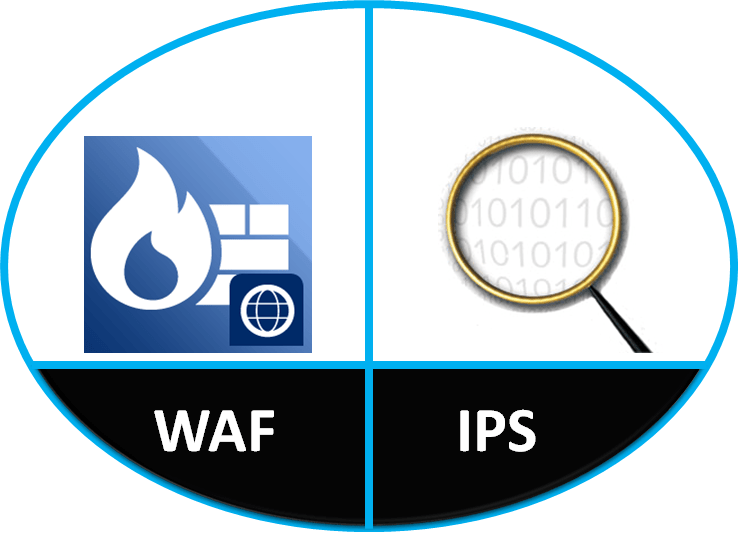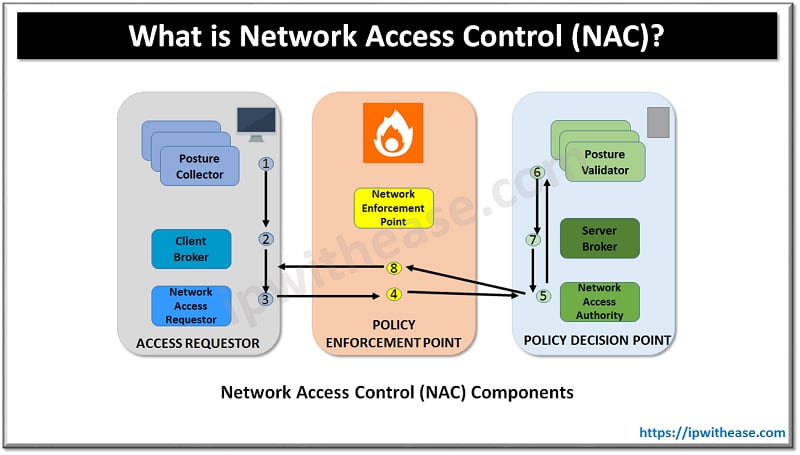Nowadays, many companies that operate online leverage open source software and platforms for their business endeavors. The main reason is that open source solutions offer a cheaper and more flexible approach to development and other tasks. As it name suggests, an open source software is a product that shares its source code with the general public so everyone can tweak, add, patch and fix whatever they want in that software.
That also means that someone can purposely implement security risks and vulnerabilities in that software for malicious purposes. That’s why open source security is of the utmost importance for companies that leverage open source solutions. After all, you’d want to avoid potential data breaches and other security leaks that can compromise your entire business. With that in mind, let’s have a look at security risks of using open source solutions.

Best practices for securing open source applications
Although the community surrounding any open source project works tirelessly to produce fixes, patches and proper security measures for the software or platform in question, one can never be to sure with such things. The fact of the matter is that cybersecurity threats and attacks have become more frequent and more sophisticated in recent years.
Therefore, a platform or software with source code available to all would be a great target for hackers. In order to protect yourself or your company, you should enhance security measures and perform penetration testing frequently. This will help you identify potential vulnerabilities in the software or platform and give you an opportunity to come up with a solution.
Common vulnerabilities of open source software
Open source software is often vulnerable to security threats due to its open nature. The most common type of vulnerability is the ability for someone to leave well-placed spyware or ransomware somewhere in the next patch or update without you even realizing it’s there.
In addition, since everyone has access to the source code, everyone can create some add-ons or features for the software or platform. And, since we all know that not everyone can code well, the latest feature may have more security problems than it meets the eye. In other words, opens source projects tend to be more prone to issue than other solution so extra caution is absolutely necessary.
How to mitigate security risks in open source solutions
Well, one way to mitigate security risk in open source solutions is to keep both the software and your security measures up to date. As mentioned before, the community that produces fixes and updates also tends to security measures but you can never rest assured with these kinds of things. Therefore, backup and disaster recovery strategies should be implemented to further mitigate those risks.
Keeping the copies of your most important files and other data in the could or external storage is a good way to ensure that if something goes wrong, your company won’t suffer through the worst of it.
Other than that, investing in monitoring systems and anti-malware protection is also a good way to reduce security risks to a minimum. That being said, there is always something more you can do to improve cybersecurity measures and protect your company form potential threats.
The pros and cons of open source solutions
Open source solutions can be a great way to save money and time when it comes to software development and other relevant tasks. They are often free, or at least much cheaper than proprietary alternatives and they come with a wide range of features that can be customized to fit your needs.
However, there are some drawbacks associated with open source solutions as well. As mentioned before, since the code is open for anyone to view and modify, it can be vulnerable to malicious attacks from hackers. Moreover, since the code is not owned by any single company or organization, there may not be any dedicated support team available if you run into problems while using the software.
Also, open source solutions may lack certain features that you would find in more expensive software or platform options but that’s usually more of a quality of life than a necessity feature. All in all, open source solutions can offer great value for those who need an affordable solution but should also be weighed against their potential risks before making a decision.
Final Words
Open source solutions can be a great way to save costs and increase efficiency, but it is important to be aware of the potential security risks associated with them. That’s why if you are going to use open source solutions in your company, it’s advisable to take the necessary precautions and ensure safety and security of your data.
Continue Reading:
How To Conduct A Network Vulnerability Assessment?
What Is Threat Hunting? Everything You Want to Know
ABOUT THE AUTHOR
IPwithease is aimed at sharing knowledge across varied domains like Network, Security, Virtualization, Software, Wireless, etc.



